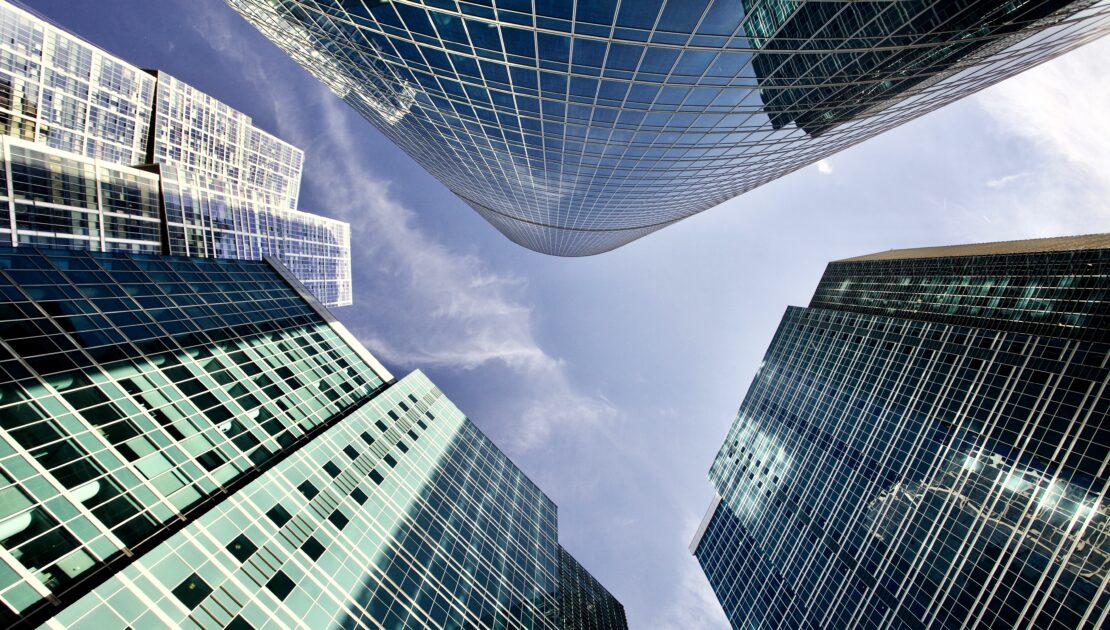Amenities Are Reopening, With Technology At Their Core

Last year, once-bustling amenities in multifamily properties fell silent as residents stayed socially distanced in their units. Meanwhile, property managers sought alternative ways to engage residents and empower them to take advantage of the amenities they pay for while still feeling safe. They found that technology provided the bridge they were looking for.
“In the past year, we’ve seen a rise in demand for high-performance internet that powers how individuals, families and friends connect, work, learn and stream their entertainment,” said Adrian Adriano, vice president of residential sales and marketing at Xfinity Communities. “But we’re also seeing that connectivity fuels properties’ efforts to make their residents feel safe again. It’s become the key for people trying to return to normalcy.”
As amenity centers begin to light up with activity once again, property owners are re-examining their offerings and considering how they can leverage technology, connectivity and design to help people feel safe and engaged in their multifamily community.
Rethinking Property Design
In response to the last year, many property owners are rethinking their amenity spaces to meet shifting tenant expectations. Some are repurposing large common areas into coworking spaces, split-out private dining areas or quiet study zones for students.
For the Tricap Residential Group, which owns and manages properties in the Chicago area, technology was key to transforming shared amenities into new spaces that would meet tenants’ changing needs.
“While we had to close several of our public areas, including pools and clubhouses, we’re now focused on evolving spaces into engagement hubs, private study or work pods while still adhering to the social distancing guidelines,” Tricap Residential Group Director Elizabeth Williams said.
Darren Sloniger, president and chief investment officer of Marquette Cos., which in September broke ground on 520 units at the corner of Randolph Street and Ogden Avenue in the Fulton Market area of Chicago, used the coronavirus pandemic as a chance to boost connectivity throughout its entire community.
“The timing was such that we had the opportunity to redesign everything to match the pandemic and how people will want to live moving forward,” Sloniger said. “Rather than one big in-building gym, for example, we’re creating several smaller workout spaces, each dedicated to different activities to avoid crowding. We’re also expanding outdoor space beyond recreation to coworking and meditation locations featuring workstations, internet and outdoor heaters so they can continue to work outdoors later into the year.”
Randolph Street Realty Capital also added reservation capabilities in its mobile app so residents won’t overcrowd amenities at the same time.
The Contactless Resident Experience
Beyond allowing residents to reserve amenity spaces, the Randolph Street app uses technology to create a full contactless resident experience — something that has been in high demand since the start of the pandemic.
“We increased cleaning in common areas, put hand sanitizer stations throughout the property and installed non-touch elevator call buttons, as we were occasionally seeing residents using their feet to call the elevator,” Sloniger said. “People didn’t feel safe, and the only way to change that was to remove as much risk — as much physical touch — as possible.”
Today, residents can get from outside the property to inside their unit without contact: The resident app grants building access, calls the elevator and selects the floor and acts as the unit key. Once inside, they can also control lighting, heat and air conditioning, and even their shower from the app or via voice with in-unit Amazon Alexas.
“We changed the way we thought about smart technology from an in-unit value-add to something that would make residents feel safe in a time when that’s paramount,” Sloniger said. “Of course, many of these changes are WiFi dependent and require a great, ubiquitous network, so we selected a managed WiFi solution with wireless access points throughout our properties. Residents never have to think about their internet connection: It’s just there and works, so everyone can take advantage of our great tech.”
The Property Manager Benefit
Enhanced technology and connectivity throughout a building doesn’t just keep residents satisfied and engaged, it can also make a property manager’s life easier.
Xfinity Communities’ State of Smart Technology in the Multifamily Housing Industry report said more than 70% of surveyed respondents indicated that smart-home technology simplifies the community manager’s job. Never has this been truer than today, with residents valuing limited contact and property managers looking for ways to limit any unnecessary exposure.
“Smart community solutions like keyless entry, lighting, thermostats and leak detectors are quickly becoming important to multifamily properties as they simplify the life of the resident and property manager,” said David Lizak, senior director of Commercial Development at Comcast. “From checking common areas from the front desk to granting access to a resident at a proper social distance with keyless entry, technology has been a fast friend for multifamily. It connects everything seamlessly, from entertainment to events and operational tasks.”
Even as apartment owners see a light at the end of the tunnel, the pandemic has shifted resident preferences for good, Lizak said. Changes that were originally implemented due to pandemic-driven fears have proven to both rise to that challenge and be useful long-term.
“This pandemic will loom large in our collective history and remain in our minds for years to come, but with the right technology, properties can not only address lingering concerns, but create better communities,” Lizak said.
Source – BisNow.com
